4 Reasons Behind Brown Or Yellow Ceanothus Leaves
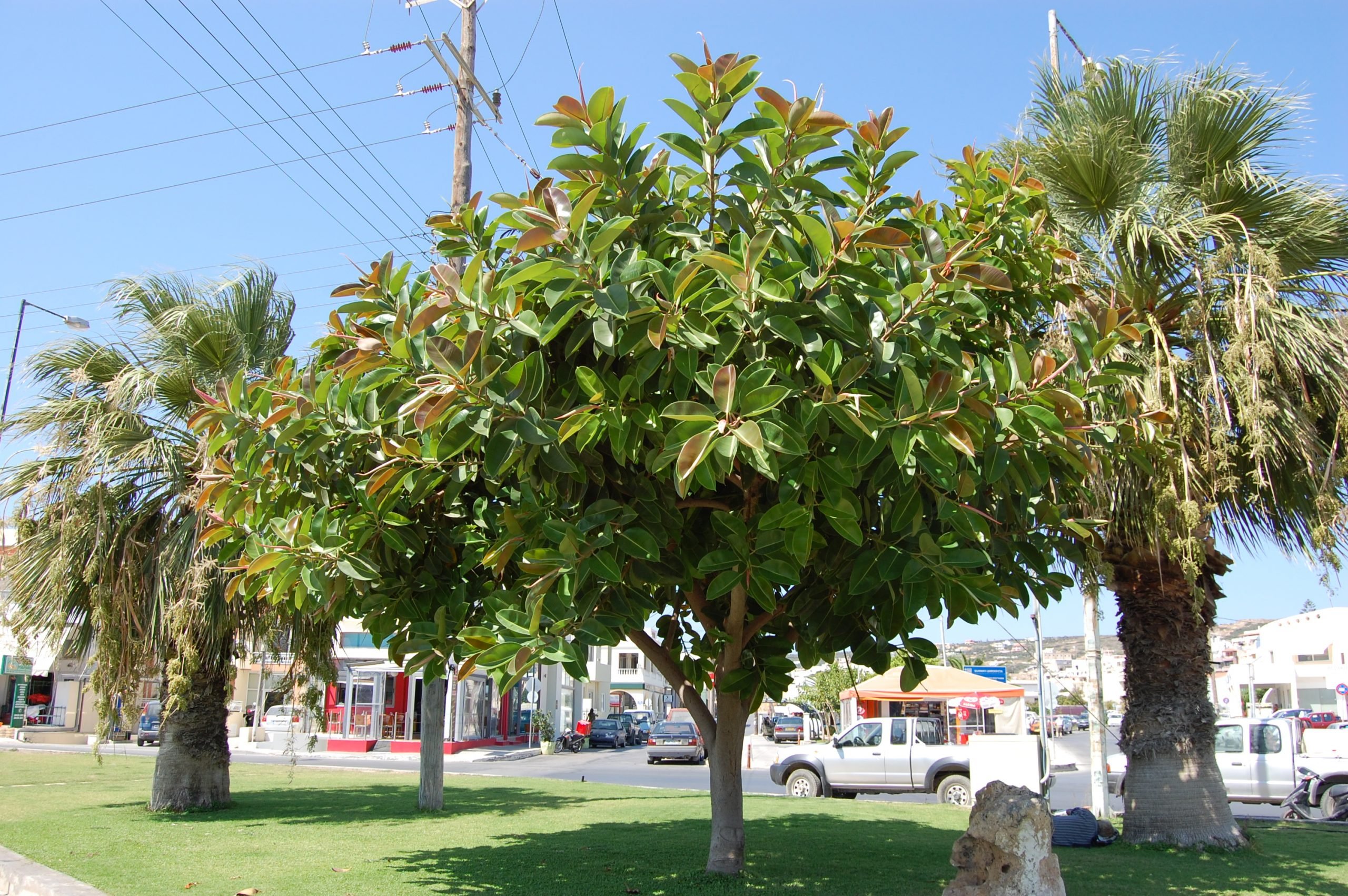
Table of Contents
Do you have beautiful and colourful Ceanothus plants in your home or garden?Though these plants are easy to grow and maintain, there are a few things you have to take care of. Otherwise, the plant might not grow healthily. These plants can survive in various weather conditions. However, they need a sufficient amount of sunlight to survive. They enjoy dry weather conditions and grow well in areas that offer protection against frost and wind. The leaves of these plants are usually arranged opposite to each other or in an alternate fashion.
Many times ceanothus leaves lose their glossy appeal. Are you worried because of ceanothus leaves turning brown? Ceanothus leaves might turn brown or yellow because of a number of reasons. Leaves turning brown or yellow might indicate a problem. We have highlighted a few reasons below that will help you figure out why the leaves on your Ceanothus plants are turning yellow or brown.
Yellow Leaves on a Ceanothus Plant – What are the Reasons?
If the leaves of the ceanothus plant have turned yellow, you don’t need to worry. This can happen because of overwatering or underwatering, disease, poor quality of soil, too much or little sunlight, or pests. A lack of essential nutrients like magnesium, iron, or nitrogen can also cause the leaves to turn yellow.
Sometimes leaves also turn yellow naturally and fall off as a part of their natural cycle. However, yellow leaves on a ceanothus plant must not be ignored.
1. Underwatering and Overwatering
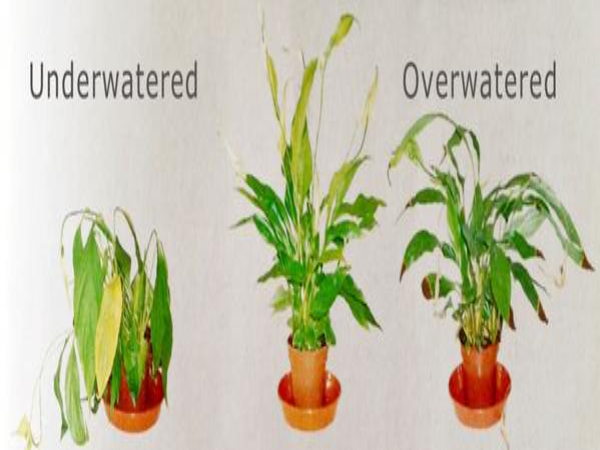
Ceanothus is a drought-resistant plant that requires little water. The plant usually thrives even in dry weather conditions. Usually, underwatering happens during summer and spring. It is recommended to water the plant properly and deeply during the summer months. Otherwise, the leaves of the plant will dry off and turn yellow. On the other hand, when the plant is overwatered, the roots get damaged. It can cause water-clogging, and if these conditions prevail for longer periods, it can cause the root to rot, and ultimately the plant can die. It is recommended to water the plant only when the soil dries up to 3 inches deep.
2. Lack of Nutrients
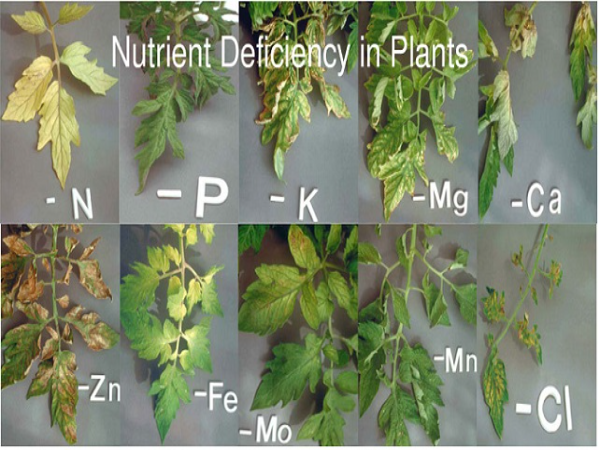
The soil of the plant must be enriched with the right amount of manure while planting it. It should also be fed annually, preferably during spring. You can add a slow-release fertilizer by sprinkling it over the surface of the soil. If the plant is not fed properly, there might be a nutrient deficiency, which might cause the leaves to turn yellow and fall off. If the plants suffer from stunted growth and yellow leaves, in spite of sufficient soil preparation, mulching, and watering, it is a sign of a lack of nutrition. Ceanothus plants have to be fed well since they are prone to be magnesium, nitrogen, and potassium deficient.
How to Tackle Nutrient Deficiency?
If you suspect there is a nutrient deficiency; you must act quickly. Start off by adding some fertilizer. You can also provide enough nutrition by working on the root system by improving drainage and soil quality. Soil acidity can be corrected by liming the soil and adding fundamental materials that can neutralize the acid content.
Brown Leaves on Ceanothus Plant – What are the Reasons?
Brown leaves can be a cause of various environmental conditions. It is an indicator that the plant is not growing in the right environment.
3. Frost Damage
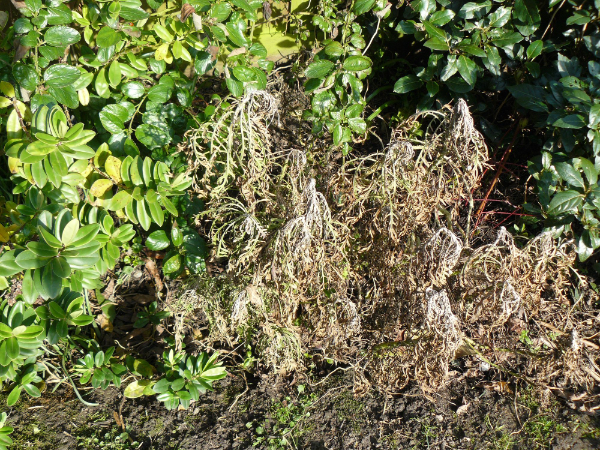
One of the most common reasons why the ceanothus leaves turn brown is frostbite. Frost bites happen during the winter months and affect the overall growth of the plant. The new leaves and stems get affected first. If nothing is done to save the plant from frost damage, it will continue to spread to the other parts of the plant. Eventually, the bark of the plant will start to crack up as well.
Can a Frost Damaged Ceanothus Be Recovered?
If there is mild frost damage, your Ceanothus plant will probably recover. In order to determine the amount of frost damage, you have to inspect the bark from underneath. If the bark is green, your plant will be fine. If you do not see any green colour beneath the bark, your plant won’t survive. To recover a frost-damaged Ceanothus, you can follow these steps:
- Prune any dead or damaged branches away.
- Water the plant properly and deeply to help it heal and recover from the frost damage strain.
- You can mulch around the plant base to protect the plant against drastic temperature fluctuations.
- To protect the plant against further frost damage, you should cover the plant with a horticultural fleece or a frost cloth during the winter months.
4. High Winds or Wind Burn
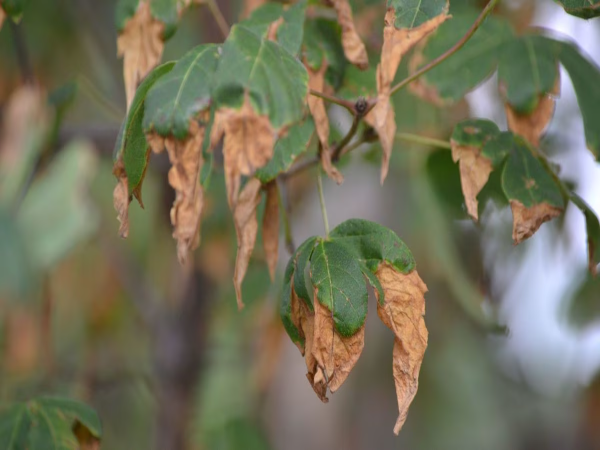
When a plant is exposed to high winds, it can strip off the moisture from the plant. The leaves and soil of the plant can dry off and lead to damage. This kind of damage is also known as leaf scorch. Once the damage is done, it will continue to spread to other parts of the plant. That is why it is important to do something for new growth. Here are a few things you can do to save your plant:
- Check the water content.
- If needed, dig down the roots and check if enough water is penetrating inside or not.
- Prune the brown leaves and branches away.
- Feed them well with fertilizers and manure that contain a good amount of magnesium and nitrogen to help them grow.
Other Causes of The Ceanothus Leaves Turning Yellow or Brown
Some other reasons why your plant leaves are turning yellow or brown include the following:
1. Over Fertilizing
When it comes to the Ceanothus Plant, there is always a risk of over-fertilizing. This happens mainly when the plant is fed during the wrong time or if the plant is fed more frequently than necessary, or if it is fed without watering the soil. When overfertilization occurs, the leaves of your Ceanothus will turn brown. Overfertilization can also show up as stunted growth. Sometimes, you might see a lot of weak growth in the plant. Ceanothus plants usually grow well in poor soils. Hence, there is no need to add anything to the soil. Just ensure that the soil of the plant is draining well.
2. Seasonal Dropping of Yellow Ceanothus Leaves
During the spring season, ceanothus leaves turn yellow and drop off as a part of their seasonal shedding cycle. As old leaves fall off, they make way for new healthy growth. There is no need to panic during such times. Some people panic and add water and fertilizers to the plant, which can again lead to overwatering and over-fertilizing. It is recommended to let the Ceanothus run its natural life course.
3. Diseases
Some diseases of the Ceanothus plants can cause sudden discolouration of the leaves. Some common diseases include Canker disease, Dematophora root rot, Oak root fungus, leaf spot diseases, root and crown rots, and powdery mildew. Some of these diseases are not major causes of concern, while some might be life-threatening. It is recommended to move away the fallen debris and leaves from the plant to prevent any fungal infections. Make sure that you don’t over-fertilize the plant, as the excess nitrogen content in the fertilizers can kill the good microorganisms and fungi and allow the bad ones to grow. Also, prevent overwatering as it might cause the roots to rot.
Conclusion
We have enlisted all the possible causes of Ceanothus leaves turning yellow and brown. We hope this article will help you figure out how to prevent damage and recover the plant if something goes wrong. You should look at the environmental conditions carefully so that your ceanothus plant grows healthily. With a few precautions and little care, you can flower your backyard or plant these colourful and beautiful shrubs in your home.
Frequently Asked Questions
How Much Water Does A Ceanothus Plant Need?
Ceanothus shrubs are resistant to droughts and require very little water. However, during summer, when the heat intensity increases, the plant needs deep watering once a month. Young growing plants have to be watered minimally but regularly to establish them well. After the plant gets established, one session of deep watering every month should be enough to keep it healthy. If you have planted the shrub in a very dry area or during periods of high-intensity heat, you might have to water the shrub or plant it more frequently to keep it healthy.
Why Is My Ceanothus Wilting?
Your Ceanothus is probably wilting because of poor growing conditions like unfavourable weather, roof rots, wind scorch, frost damage, diseases, or a nutrient deficiency.
What Is the Best Fertilizer for Ceanothus?
Ceanothus plants usually do not need feeding. However, you can feed the plant while planting it and then again feed it annually with a good fertilizer to promote new growth. You can also mulch around the plant base with garden compost or well-rotted manure.
What Is the Longevity of Ceanothus?
A Ceanothus plant has an average life span of 10 – 15 years. Prune away any damaged stems or foliage and remove any frost-damaged parts to help it survive longer.
What Is the Tallest Ceanothus?
The tallest growing Ceanothus is called C. Arboreus ‘Trewithen Blue.’ This species usually flowers twice a year, and it can grow up to 20 ft or more with a wood trunk.

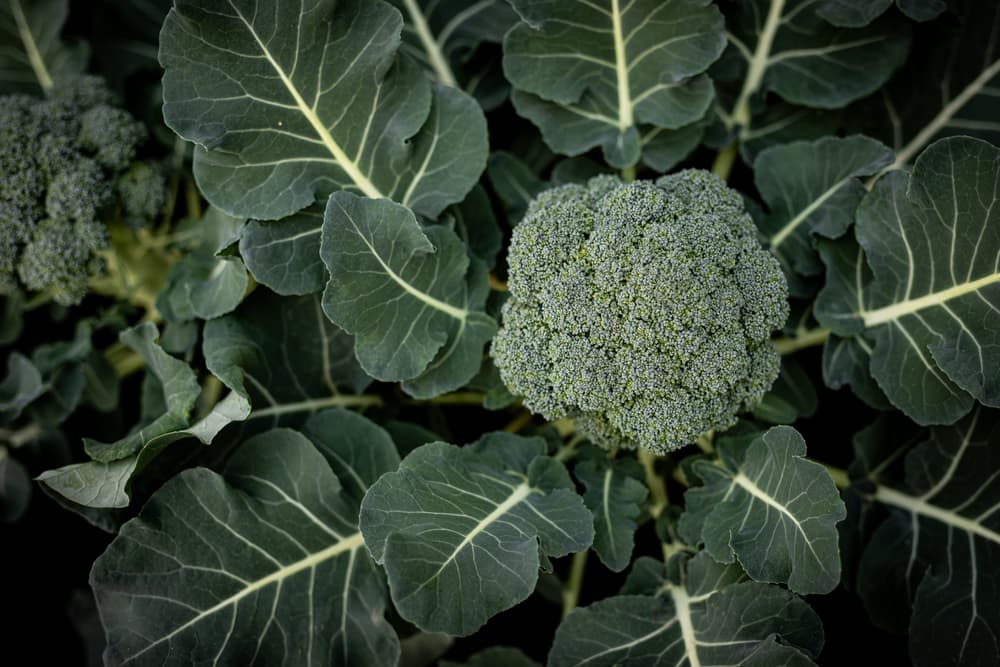

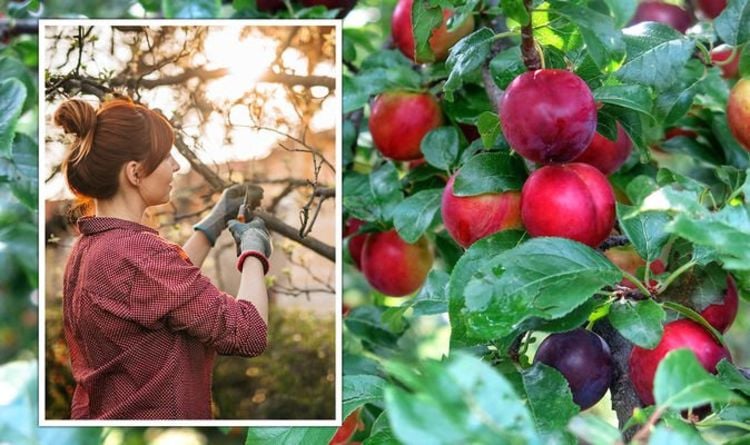
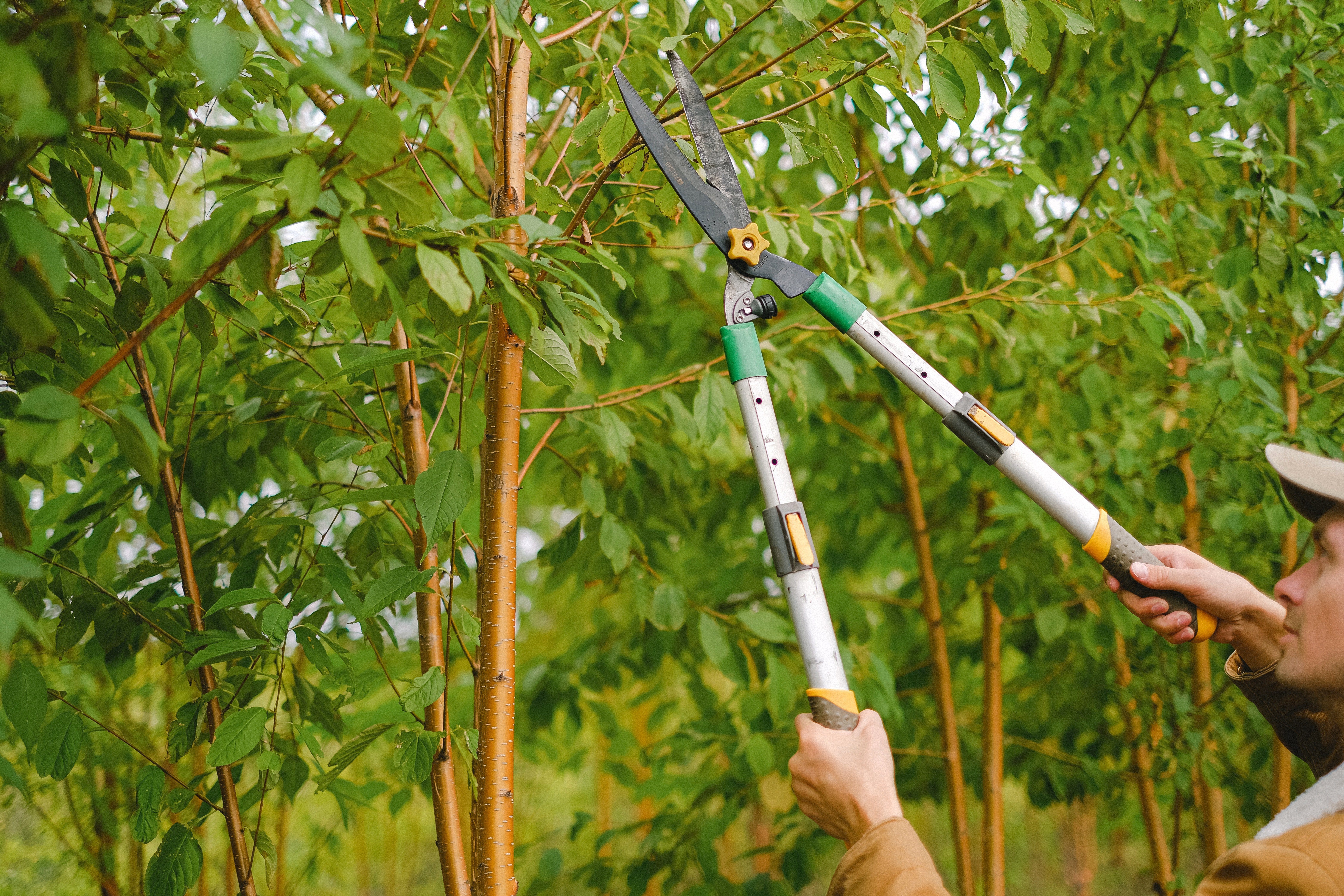
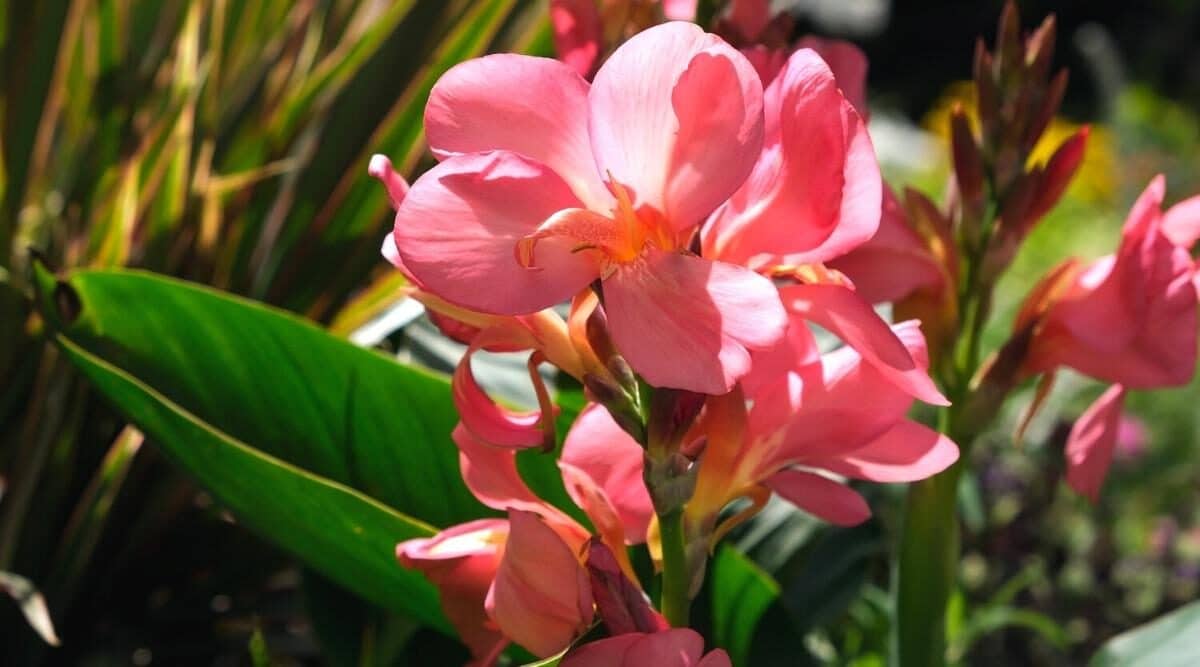
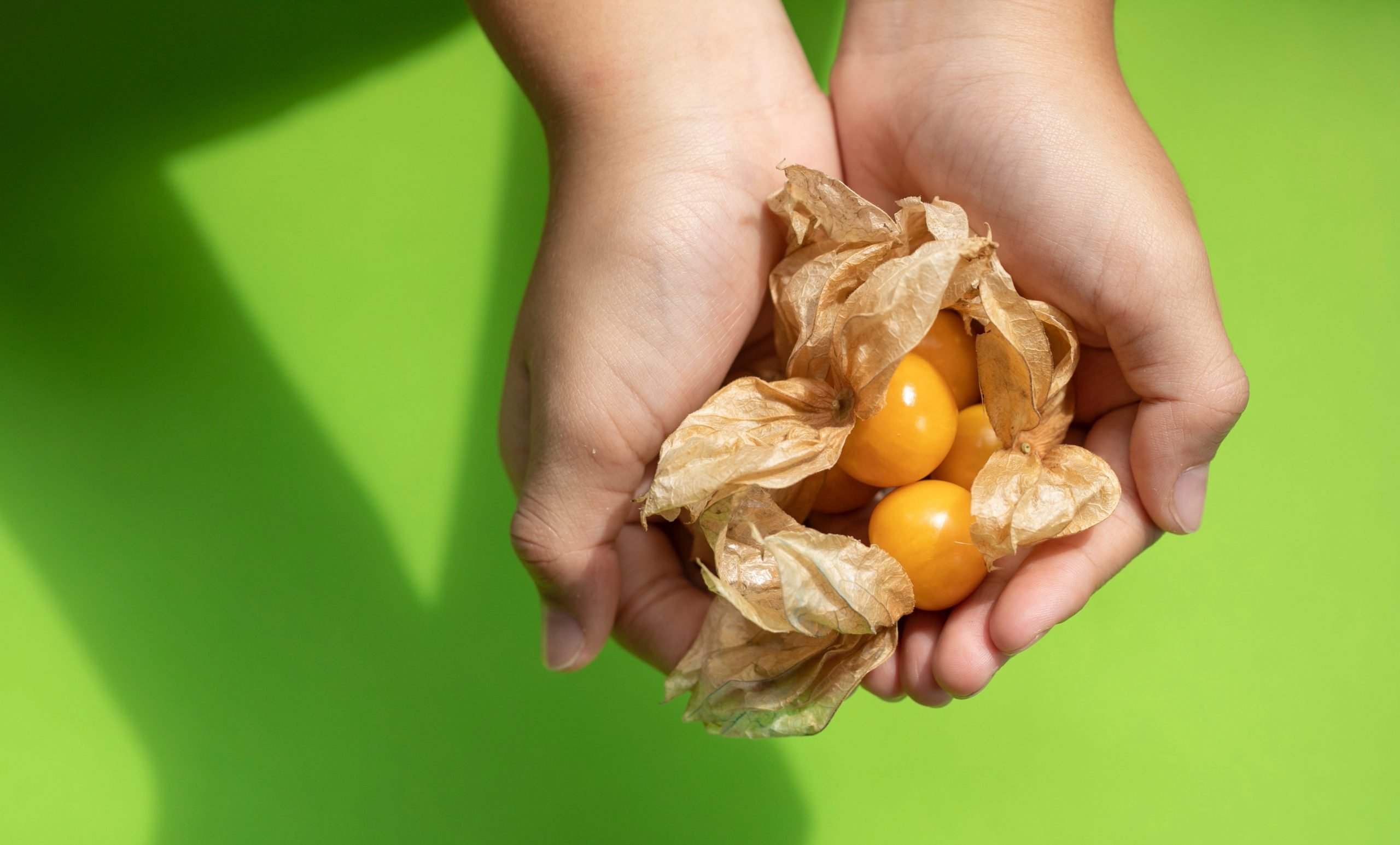
Hi thank you for your information I will try the above one last thing do all die after 15 years I love them so much xx